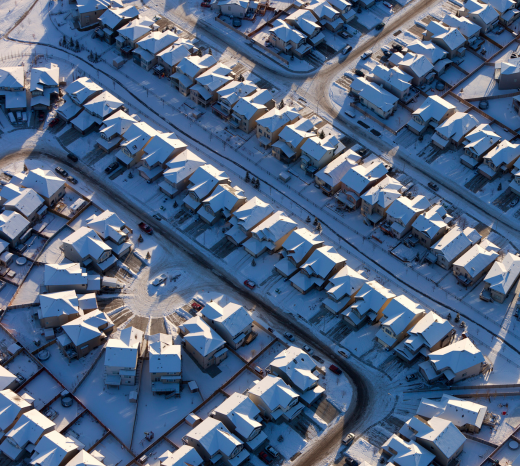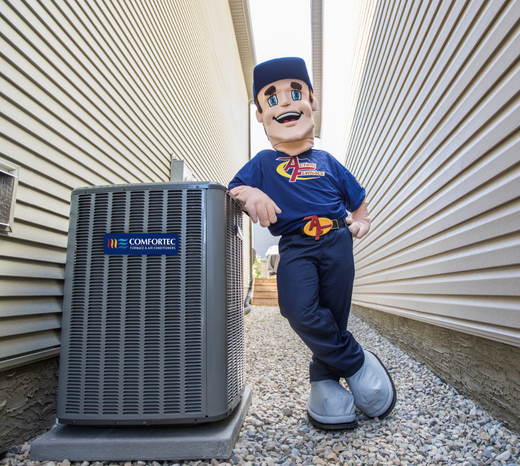Older homes are notorious for being drafty. If you’re not ready to replace your windows and doors, home insulation can help keep heat where you wan...

Older homes are notorious for being drafty. If you’re not ready to replace your windows and doors, home insulation can help keep heat where you want. Insulation can even help lower your energy bills when appropriately installed and rated for your climate.
Let’s explore the benefits of proper insulation and how it can help keep your energy costs more manageable.
What Is Home Insulation?
Think of your home’s insulation as the layer you wear underneath your jacket to keep warm in the winter. Or the thin shirt you keep on in the summer so you can stay cool but still protected from the elements. Insulation is packed inside your walls, attic, and basement. It acts as a barrier to areas where the temperature differs from the internal living space.
The purpose of insulation is to resist airflow while also moderating temperature between indoor and outdoor environments. To keep you and your family comfortable, your furnace has to replace the heat lost during the winter. And during the summer, your air conditioner has to remove any heat stored in the home.

Understanding R-Value
R-value is a measurement used for rating an insulation's ability to resist heat flow. The higher the R-value, the better a material is at preventing heat loss. When heat loss occurs, a furnace or heating system must work harder to maintain a comfortable temperature.
There are different types of home insulation widely available. Each has its advantages and applications, and some materials are better suited for cold-weather environments.
Types of Home Insulation
- Fibreglass batting is one of the most common forms of insulation. Consisting of glass fibres that are either placed by hand or blown into empty spaces by a professional.
- Mineral fibre is used similarly to fibreglass but provides a lower R-value with greater fire resistance and soundproofing benefits.
- Cellulose insulation is a loose material typically used in attics and is sprayed into an area by a professional.
- Rigid foam boards come in sheets and are used for the insulation of the foundation of a home. This type of insulation can have a high R-value but is more challenging to install.
- Spray foam insulation has become popular for its gap-filling ability and high R-value. Spray foam is resistant to mould, but most installs need to be done by a professional.
How Insulation Helps Your Energy Bills
Choosing the right insulation, and having it installed properly, will give you numerous benefits and ensure the longevity and health of your home. With new materials comes the idea of a complete package. Builders now look at heat, air, and moisture when considering what types of insulation to use.
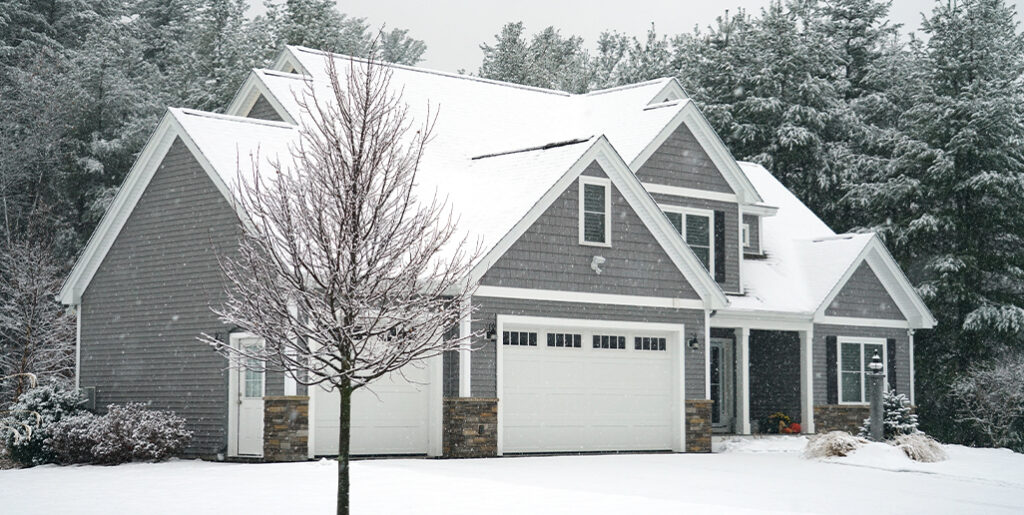
Keeps Heat in During the Winter
In most Canadian climates, the main purpose of home insulation is to prevent heat loss in the winter. When outside temperatures are well below freezing, a furnace needs to work hard to keep your living space comfortable.
Some heat loss is inevitable in the dead of winter. But a properly insulated home can improve your heating system's efficiency and reduce demands on your furnace.

Keeps Your Home Cool During Summer
Home insulation keeps hot air from filling up your home in the summer, too. Insulation that prevents heat transfer to your indoor air reduces the work your air conditioner must do. In any season, insulation intends to regulate and maintain the desired temperature inside your living space.
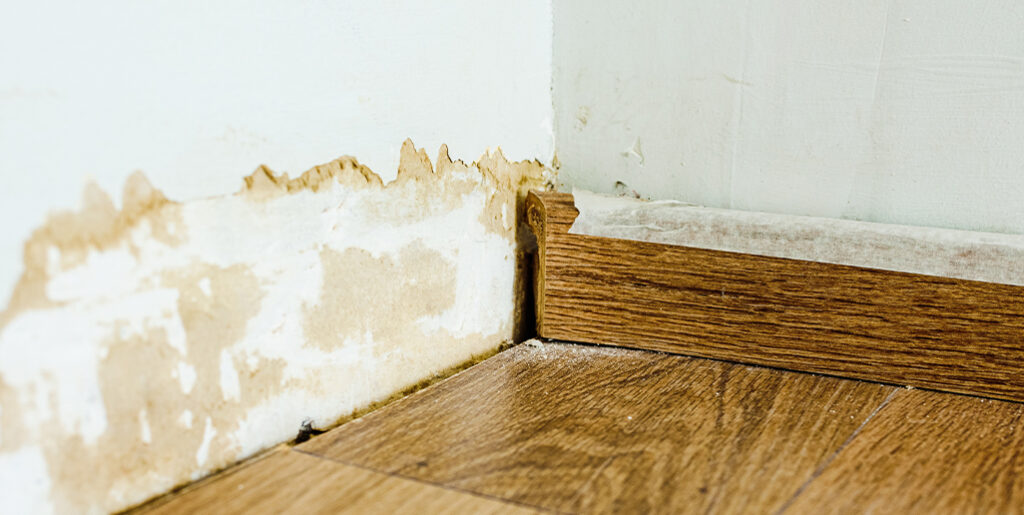
Helps Control Moisture
Insulation can also help regulate moisture levels inside. Many insulation materials will absorb moisture as it enters the indoors. This prevents other parts of your home (like drywall) from becoming damp and potentially being damaged.
Some families use a humidifier or dehumidifier to improve indoor air quality. A well-sealed and adequately insulated home is one way to decrease the energy being used by your indoor air quality systems.
Insulation Tips to Lower Your Utility BIlls
Most parts of your home are vulnerable to heat loss in sub-zero climates. Limiting heat loss should be your main goal if you’re planning on adding insulation to your property.
Focus on the following areas of your home’s infrastructure to help control indoor temperatures and lower your heating and cooling bills.

Air Seal Your Attic
Cracks, gaps, and holes in your attic allow outside air to enter freely. When outdoor temperatures differ from your climate-controlled home, this is not great for furnace efficiency!
As a home and its building materials age, expansion and contraction can cause openings in exterior surfaces. Air sealing is the process of finding these air entries and closing them. Holes and cracks are typically filled with a silicon sealant or sealing foam.
Check for drafts in your foundation and exterior walls, even though they aren't always common. Pay attention to plumbing, ducts, and other pipes penetrating your attic or walls. Air sealing is a meticulous process that may be worth using a professional service.
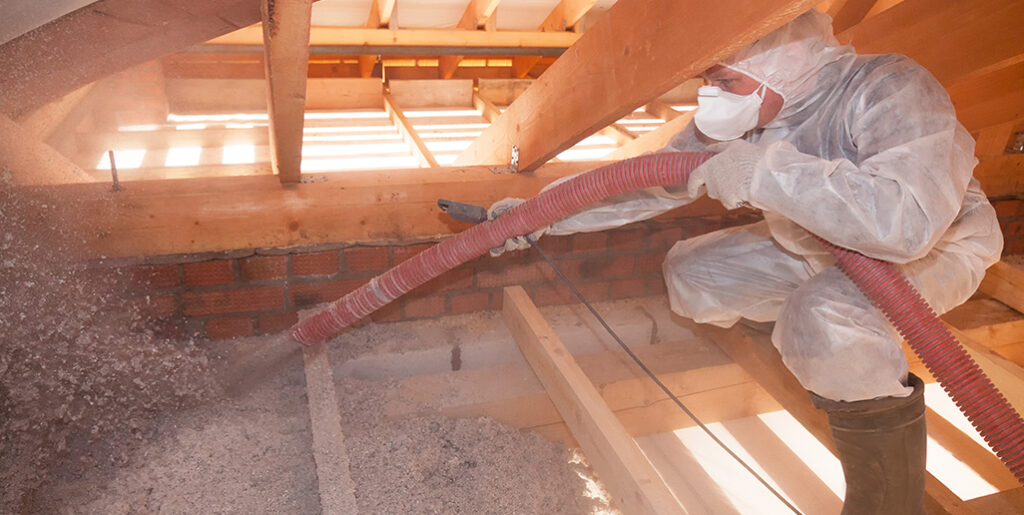
Insulate Your Attic
Hot air rises, which means your attic is an obvious place for warm air to escape your home. Insulating this part of your house is one of the most effective ways of increasing heating efficiency.
Outfitting your attic with insulation does carry a price tag, but the long-term savings on your heating bills will be worth it. Insulation can be added to the floor of your attic and between studs on exterior surfaces.
Homeowners in Alberta should use attic insulation with an R-value between 30-60. Keep in mind that It’s common to hire a professional company to install attic insulation.
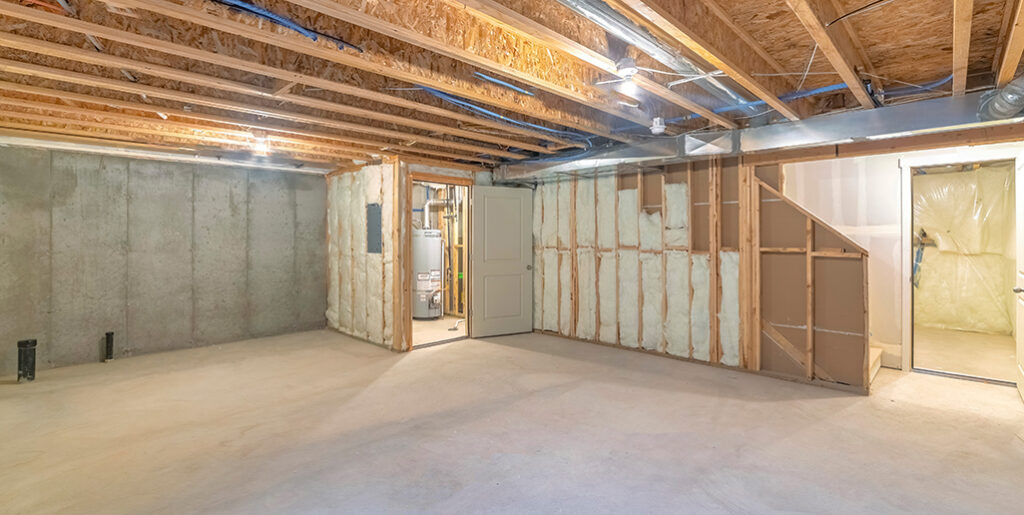
Insulate Your Foundation (Basement)
Many homes in Canada have a basement, and this is another place where heat can escape. Insulating your foundation (the concrete box that the rest of a house sits on) is another way to reduce your energy bills.
After air sealing your foundation and paying special attention to the rim joist (where the house structure meets the foundation), plan your basement insulation project.
Basements can account for up to 20% of heat loss in a home. Interior basement insulation can be added section by section and is relatively easy as a DIY project. If your basement is unfinished, adding insulation should be part of the process when you decide to put up drywall.
If you don’t have a zoned heating system in your home, your furnace is also trying to keep your basement warm, even if you don’t spend much time there. Insulating your foundation can help big time with heat loss.
Make Sure Walls Are Insulated
Exterior walls can also be responsible for 20% of the heat loss in your home. Most walls in Canada should be appropriately insulated during the construction phase. But if you’re completing a home renovation or developing a home addition, make sure to insulate walls effectively.
Effective insulation, combined with a well-maintained heating and cooling system, will increase home comfort while minimizing utility bills. Action Furnace can always diagnose your home heating with a heat-loss calculation to better understand how your insulation is helping with energy bills.

